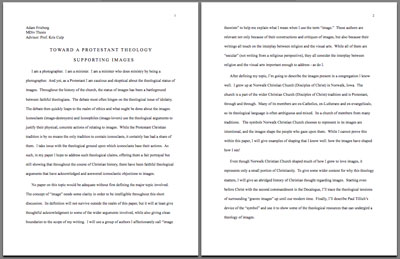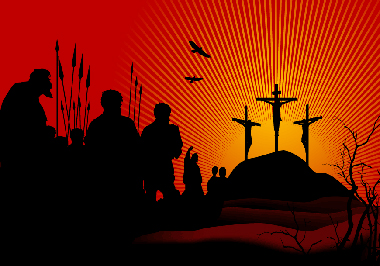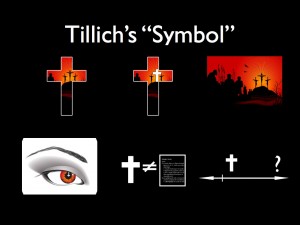A UChicago Ph.D. student (Garry Sparks) and I got a Theologian-in-Residence grant from the Divinity School. Our project: “to work with the Worship Ministry at University Church to discover some of the history, theology, anthropology, and practical workings of worship as they plan this year’s post-Lenten liturgical seasons of Pentecost and Ordinary Time.”
On Saturday we held a half-day retreat in the sanctuary to talk about use of space, the elements of a worship service, and different ways to assess and change those elements. The time opened with puzzles of worship space floor plans.

“It seemed like a good idea at the time!” I repeated that phrase over and over as Heidi and I tried to put together a puzzle the day before. It ended up taking me 3 hours to finish (Heidi saw the difficulty at the beginning and knew when to cut her losses). I’m going to learn and improve my puzzle-creating abilities. White space = good design for most things except puzzles!

We decided to try two of the spaces as the group gathered at UChurch. We did the puzzles for both the synagogue and the house church at Dura Europos.

Even with the puzzles being super-difficult, it was a fun opening activity.

Then, we ordered lunch on the screen and started discussing the worship elements. After they listed what was essential for worship, we had them decide on an order. We made sure it didn’t remain connected to how University Church currently worships. Each time the order changed new dynamics became evident. The location in which offering was collected raised big concerns over what it was saying about the worship elements near it. We even challenged the way offering is collected and tried to recover why the congregation chose to do it that way. They currently have people come up and place their offering on the communion table. The symbolism reminded those of us whose worship traditions have been strictly in Disciples congregations of the “tokens” our church was founded in protest of. The discussion was lively, energetic, and very fruitful.

For the next four Thursday evenings we will gather again for more discussions and worship planning.



















